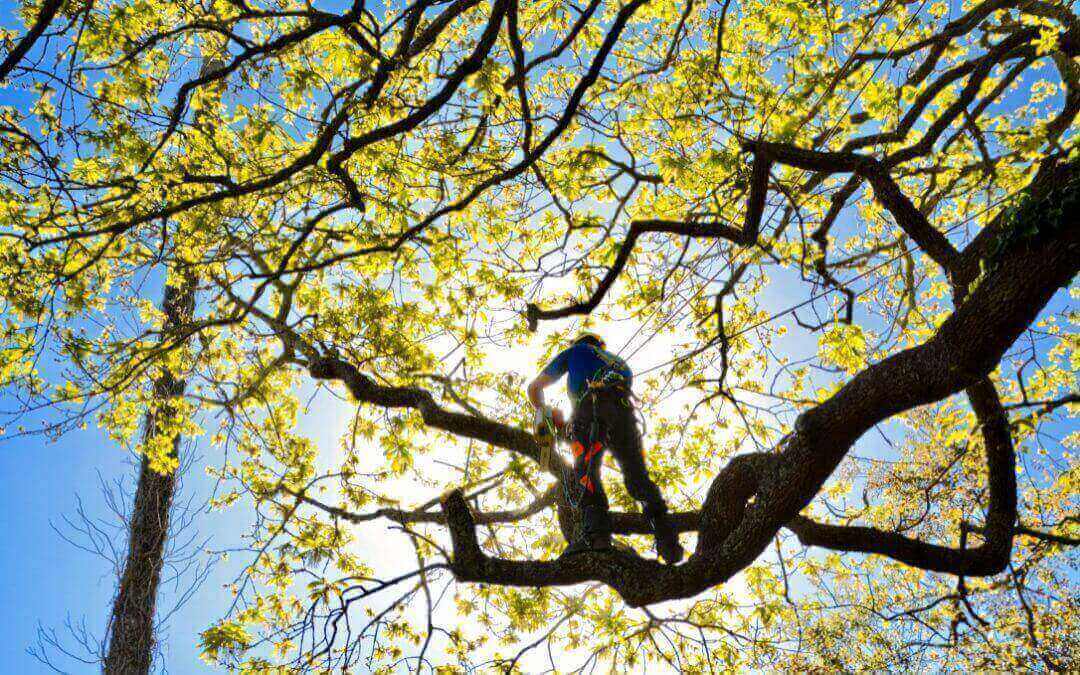Looking for tree removal services but not knowing if the tree is protected? No problem. At A1 Sure Services, we’re very knowledgeable about trees and understand the importance of protecting native bush.
As the perfect guide for you, this blog will go through the most common types of protected trees. We will also delve into the rules regarding removing protected trees and how we go about removing them.
What Is A Protected Tree?
In 2009, Auckland Council modified their district plans to give native trees a status that protects them from tree removal and even tree trimming.
Understandably, it can be challenging to identify protection status with one look. However, it’s essential to be sure as there can be fines if improper tree cutting happens. Get in contact with an Auckland arborist who is well-versed in most trees to ensure you’re not cutting down a protected tree.
What Are The Most Common Protected Trees?
Several trees in Auckland and greater New Zealand are protected – some may even be in your backyard. Here are just a few of the more common trees that do require council consent before any tree removal:
1. The Puriri – a native evergreen tree that blooms pink flowers with four stamens
2. The Norfolk Pine – only found in a unique location between New Zealand and North
Caledonia
3. The Kauri – a coniferous tree found mainly in the northern parts of the North Island
4. The Totara – found only in New Zealand and favours elevated heights in the forests
5. The Pohutukawa – an iconic coastal tree with beautiful red flowers and holds
significance within Maori culture
An experienced arborist in Auckland will be well-aware of these trees, plus many more. Instead of taking a chance, it would be wise to consult a professional before working on your trees.
How Do I Know If I Can Remove A Protected Tree?
The Auckland Council places specific importance on what they call “notable trees.” This list includes groups of trees that have been deemed of particular importance due to the following:
- Commemorate important events in a nation’s history
- Exceptional or unique examples of tree species
- Critical to the survival of other animals or species
- Best age, stature, character, and visibility of a district
If the tree falls under any of these categories, it’s likely to be protected. The Auckland Council has provided a Unitary Plan (GIS) viewer online that shows whether your tree is on this list. Your property will then appear with any directions on what protection that land has.
How Is A Protected Tree Removed?
Tree removal methods will change depending on the protected tree in question. For example, the arborist can get to work once you have approval from the council for a Pohutukawa tree removal.
Firstly, the tree cutting professional will harness themselves around the tree trunk and begin the process of removing the branches of the trees from top to bottom. Once the branches have been cut, the removal of the trunk can now start.
Again, cutting and removing from top to bottom is the safest and most effective tree removal method. Once a stump is left, your arborist can then use stump grinding or stump removal methods to eradicate the stump and roots.
A1 Sure Services
A1 Sure Services, no job is too big or too small. As a family-run business with over 20 years of arborist experience, we provide high-quality and affordable tree care services to residential and commercial clients, Auckland-Wide.
We have public liability cover of up to $2,000,000, providing you with total peace of mind.
Our services include tree removal, tree felling, land clearing, tree trimming, tree pruning, stump grinding, stump removal and emergency tree services. We also offer a free on-site inspection typically within 48 hours of enquiry and highly competitive pricing every single time.
Contact us today for a free no-obligation, on-site inspection. Request a quote here!

